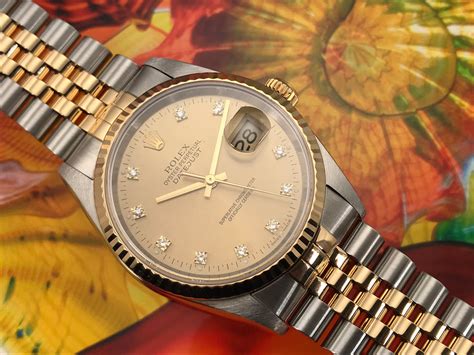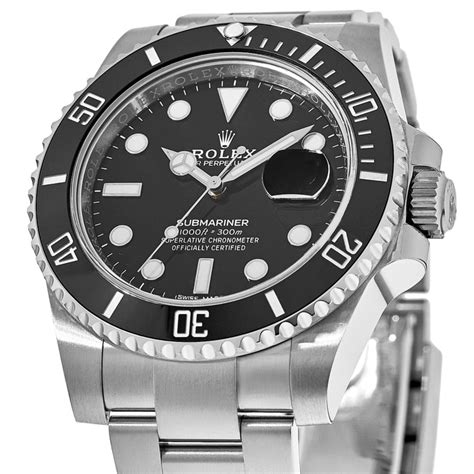when did rolex introduce 904l | rolex submariner date ceramic bezel when did rolex introduce 904l Rolex started using 904L on the SeaDweller case around 1985. They switched because of the corrosion resistance properties of 904L. Many 316L dive watches developed . 22 talking about this
0 · what is rolex oystersteel
1 · rolex submariner date ceramic bezel
2 · rolex 904l steel
3 · rolex 904l stainless steel price
4 · rolex 904l stainless steel
5 · rolex 904l price
6 · 904l vs 316l price
7 · 904l stainless steel price
Šie saraksti ir brīvi pieejami ik vienam Ciltskokos reģistrētam lietotājam. Personu saraksti PLUS 4 604 479 ieraksti Visi indeksētie, kā arī daudzi citi saraksti no dažādiem, internetā brīvi pieejamiem dokumentiem un publicētas informācijas, kā arī no citiem materiāliem.

what is rolex oystersteel
In 2003, Rolex shifted all of its steel watches to 904L. The process of moving to 904L steel was not immediate and Rolex started to introduce the new stainless steel for some of its watches at a time. According to Rolex, they became the first watch manufacturer to use 904L grade steel in .Materials. Oystersteel. How tough is enough? This is Oystersteel, a high performance steel of grade 904L, produced for Rolex since 1985. A stainless alloy which, once polished, will retain . When it was discovered salt and other materials were causing corrosion in the watch, Rolex moved to the 904L model, which has a higher nickel and chromium content. The .Starting in the early 2000’s Rolex use of 904L stainless steel transitioned from using the industry standard 316L stainless steel to 904L stainless steel. Rolex initially utilized 904L in the case .
Rolex started using 904L on the SeaDweller case around 1985. They switched because of the corrosion resistance properties of 904L. Many 316L dive watches developed .1969 – Rolex introduces the Submariner Date; first gold Submariner. 1979 – First sapphire crystal on a Submariner watch. 1984 – Switch from matte to gloss dials with white gold markers; first .904L Stainless Steel: Superior Corrosion Resistance. Rolex’s use of 904L stainless steel dates all the way back to 1985, when it became the first wristwatch manufacturer to use the metal on a .
In 2003, Rolex shifted all of its steel watches to 904L. The process of moving to 904L steel was not immediate and Rolex started to introduce the new stainless steel for some of its watches at a time. According to Rolex, they became the first watch manufacturer to use 904L grade steel in their watches in 1985.In 1985, Rolex became the first watch brand to use 904L stainless steel (instead of 316L stainless steel) for the construction of its watches. 904L steel is prized for its excellent anti-corrosion properties and its particular sheen.Materials. Oystersteel. How tough is enough? This is Oystersteel, a high performance steel of grade 904L, produced for Rolex since 1985. A stainless alloy which, once polished, will retain its brilliance and beauty in all circumstances. Among 3,500 industrial grades, only it . When it was discovered salt and other materials were causing corrosion in the watch, Rolex moved to the 904L model, which has a higher nickel and chromium content. The 904L model is also resistant to chloride. The 904L shines when polished.
Starting in the early 2000’s Rolex use of 904L stainless steel transitioned from using the industry standard 316L stainless steel to 904L stainless steel. Rolex initially utilized 904L in the case only, but the newer sport watches utilize 904L in both the case and the bracelet. Rolex started using 904L on the SeaDweller case around 1985. They switched because of the corrosion resistance properties of 904L. Many 316L dive watches developed pitting around the caseback seal which eventually compromised water resistance.1969 – Rolex introduces the Submariner Date; first gold Submariner. 1979 – First sapphire crystal on a Submariner watch. 1984 – Switch from matte to gloss dials with white gold markers; first two-tone Submariner. 1988 – Switch form 316L to 904L stainless steel for the Submariner.
904L Stainless Steel: Superior Corrosion Resistance. Rolex’s use of 904L stainless steel dates all the way back to 1985, when it became the first wristwatch manufacturer to use the metal on a large scale in its timepieces. Rolex used to utilize 316L before the 1980s, but since then, they've shifted to 904L, which has become a hallmark for the company. Rolex sets itself apart from competing watch companies and demonstrates its unwavering dedication to excellence and innovation by embracing 904L stainless steel.
In 1985 Rolex became the first wristwatch manufacturer to utilize 904L grade steel in its watches. Rolex chose to use this variety of steel because it takes a higher polish than other grades of steel and provides greater corrosion resistance, though it does not machine as well and requires specialized equipment to be properly modified into the .
In 2003, Rolex shifted all of its steel watches to 904L. The process of moving to 904L steel was not immediate and Rolex started to introduce the new stainless steel for some of its watches at a time. According to Rolex, they became the first watch manufacturer to use 904L grade steel in their watches in 1985.

In 1985, Rolex became the first watch brand to use 904L stainless steel (instead of 316L stainless steel) for the construction of its watches. 904L steel is prized for its excellent anti-corrosion properties and its particular sheen.
Materials. Oystersteel. How tough is enough? This is Oystersteel, a high performance steel of grade 904L, produced for Rolex since 1985. A stainless alloy which, once polished, will retain its brilliance and beauty in all circumstances. Among 3,500 industrial grades, only it . When it was discovered salt and other materials were causing corrosion in the watch, Rolex moved to the 904L model, which has a higher nickel and chromium content. The 904L model is also resistant to chloride. The 904L shines when polished. Starting in the early 2000’s Rolex use of 904L stainless steel transitioned from using the industry standard 316L stainless steel to 904L stainless steel. Rolex initially utilized 904L in the case only, but the newer sport watches utilize 904L in both the case and the bracelet. Rolex started using 904L on the SeaDweller case around 1985. They switched because of the corrosion resistance properties of 904L. Many 316L dive watches developed pitting around the caseback seal which eventually compromised water resistance.
1969 – Rolex introduces the Submariner Date; first gold Submariner. 1979 – First sapphire crystal on a Submariner watch. 1984 – Switch from matte to gloss dials with white gold markers; first two-tone Submariner. 1988 – Switch form 316L to 904L stainless steel for the Submariner.
rolex submariner date ceramic bezel
904L Stainless Steel: Superior Corrosion Resistance. Rolex’s use of 904L stainless steel dates all the way back to 1985, when it became the first wristwatch manufacturer to use the metal on a large scale in its timepieces. Rolex used to utilize 316L before the 1980s, but since then, they've shifted to 904L, which has become a hallmark for the company. Rolex sets itself apart from competing watch companies and demonstrates its unwavering dedication to excellence and innovation by embracing 904L stainless steel.

sorel x chloe boots
Detalles. Envíos y devoluciones gratuitas. El arte de regalar. El cinturón LV Pyramide de 4 cm se renueva con una moderna reinterpretación creada por Virgil Abloh. Este elegante accesorio incluye la inconfundible hebilla Pyramide con característico perfil alzado y un acabado cepillado.
when did rolex introduce 904l|rolex submariner date ceramic bezel


























